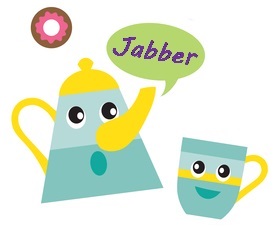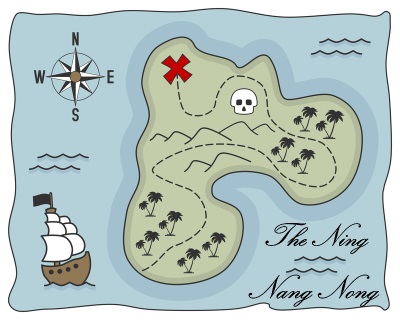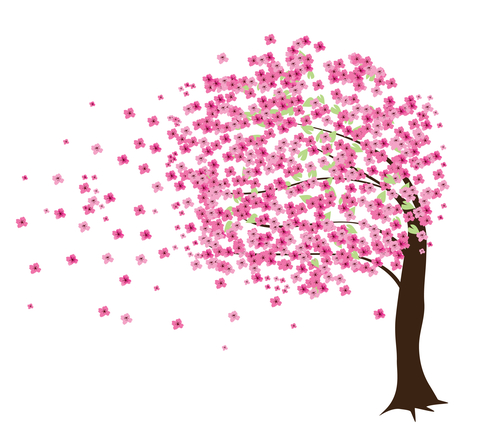Improvisation can be a mystery to new musicians. What exactly is it and how do you do it? The simple answer is to go with the moment and do what feels right. We all have fantastic ideas and can join in naturally. We just need to overcome our shyness.
For many, a blank page can also be a big challenge, but it need not defeat us. Like all new skills, with a little help and plenty of practise, magical things start to happen.
Musical improvisation and composition are where imagination and key music skills collide. As these components develop, our powers of improvisation expand and the experience becomes more rewarding.
Where the cows go Bong!
Let’s take an exercise we use for children of all ages, which is based on Spike Milligan’s poem On The Ning Nang Nong. The exercise aims to get our creative juices flowing and its methodology can be applied to other poems and prose. Once we are used to the general process, we can start composing our own lyrics and melodies, and play solos. Let’s familiarise with the poem by reading it out loud…
 On the Ning Nang Nong
On the Ning Nang Nong
Where the Cows go Bong!
And the monkeys all say BOO!
There’s a Nong Nang Ning
Where the trees go Ping!
And the tea pots jibber jabber joo
On the Nong Ning Nang
All the mice go Clang
And you just can’t catch ’em when they do!
So it’s Ning Nang Nong
Cows go Bong!
Nong Nang Ning
Trees go Ping!
Nong Ning Nang
The mice go Clang
What a noisy place to belong
is the Ning Nang Ning Nang Nong!!
What a lot of nonsense
On The Ning Nang Nong is a nonsense rhyme about an imaginary exotic place where the inhabitants make different noises. We can start the improvisation process by issuing flashcards that display our sound words, Bong, Boo, Ping, Jibber Jabber Joo and Clang.
Next we ask each participant to read their card out loud. The initial response is usually monotone and quiet, which is understandable. So we encourage inhibition and experimentation by suggesting different ways of vocalising the written words. In this way a mumbled boooo changes from something we might say at a pantomime, to something we can use to surprise others – Boo!
Play what you hear
The next step is to translate each flashcard into music on our harmonicas. We can employ musical elements such as dynamics, pitch, duration and tempo, key technical skills such as trills, glissandos, repeat notes, ostinato, articulation, legato and staccato, and also explore rhythm and good timekeeping.
Let’s review the flashcards and see how they can help us improvise. Establishing a steady beat help with timekeeping and coordination of performance.
Bong – Long, low double stop (pitch/duration/legato)
Boo – Short, loud, mid-register sound. (dynamics/duration)
Ping – High sound (pitch/durationtstaccato)
Jibber Jabber Joo – Improvise using rhythm and articulation to mirror the phrase’s five consonants (single note sequence e.g. 5B 5D 5B 4D 4B/five repeat notes/push-pull breathing – blow, draw, blow, draw, blow/articulate the words themselves)
Clang – Trill (4D-5D) or Glissando. Where you have a surplus of group members for the flashcards, the remainder can be Mice or ‘Clangers’. It’s really effective if they all do the same thing together.
 Hang on to your hats
Hang on to your hats
The implication in the reprise is to repeat key parts and increase the tempo. The tempo change can be introduced and steers by the workshop leader. The finale is suggested in the final couplet, ‘What a noisy place to belong’. Children normally remain unresponsive at this point as they’re not used to a free licence for making noise. With some gentle encouragement however, thing can quickly end in the required raucous crescendo with everyone joining in.
Composition ideas
 A final step could be composing a melody to go with the poem. This might be best suited to students in KS2 or above (7 years plus). Composition is where musical knowledge, theory, instrument skills and imagination collide.
A final step could be composing a melody to go with the poem. This might be best suited to students in KS2 or above (7 years plus). Composition is where musical knowledge, theory, instrument skills and imagination collide.
The structure of the poem may help, and the pulse will come from the articulated the words. The pulse might suggest a 2:4 marching beat, or a more standard 4:4 timing signature. There’s the potential for plenty of sound effects as we’ve discovered, and the mood is a playful one with a tongue-twister element. The style could feasibly be a blues shuffle or a folky jig.
Key Skills
• Improvisation
• Composition
• Freedom of expression



